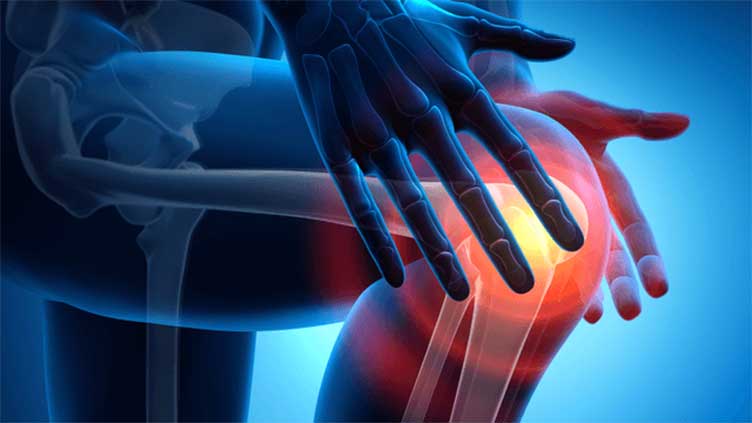Bioengineered implant triggers natural bone regeneration: study

The breakthrough could cure serious skeletal injuries
(Web Desk) - A new bioengineering research helps repair damaged bones without causing the negative side effects of other treatments.
The breakthrough is expected to lead to better results for patients, according to scientists.
Researchers suggest this discovery could pave the way for innovative treatments, aiding individuals with severe skeletal injuries or cancer patients who have experienced bone loss, by promoting bone tissue re-growth.
Scientists in Scotland have found a new way to harness the powerful healing effect of “growth factors” – naturally-occurring molecules that facilitate the body’s regenerative processes.
Growth factors are essential in developmental biology, orchestrating the body’s growth from infancy to adulthood.
Additionally, they play a crucial role in the body’s healing process after injuries, initiating intricate processes that effectively repair and reconnect damaged tissues.
The University of Glasgow-led research team has outlined how they made their breakthrough.
They used an inexpensive polymer called poly(ethyl acrylate), or PEA, to develop a surgical implant that can be used at the site of a bone defect.
The unique properties of the implant’s surface allowed the team to capture the body’s inactive growth factors and ensure they start working only where they’re required.
“The biological processes that underpin this study have been understood for more than two decades, but this is the first time that they’ve been harnessed to produce this regenerative effect,” said Dr Udesh Dhawan, Research Fellow at the University of Glasgow’s James “Being able to deliver immobilised proteins directly to the treatment site in this way provides much more control over how growth factors become active and start the healing process.
It also works at much lower concentrations than previous treatments, helping further minimise the chances of unwanted bone growth beyond the site in need of healing.”
Prior research by the team revealed that PEA interacts with fibronectin, an abundant protein in the human body that promotes cell adhesion and growth, to form nanoscale networks on its surface.
As the network forms, it changes the shape of the fibronectin, exposing some of the amino acids in the fibronectin molecule.



